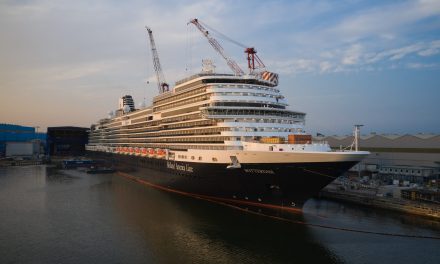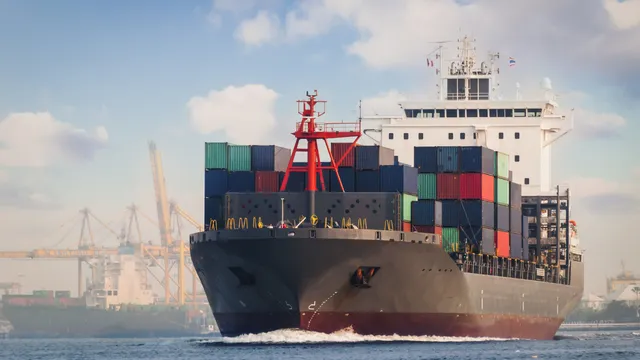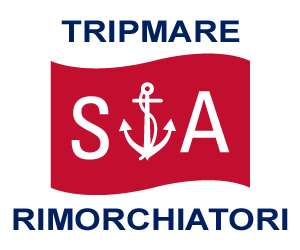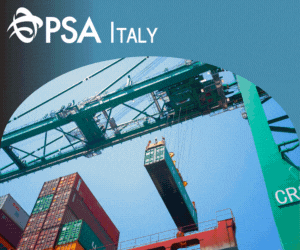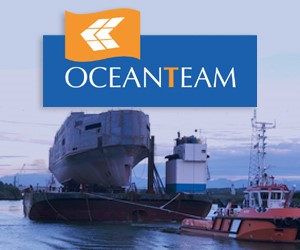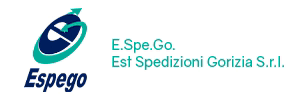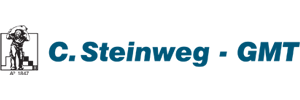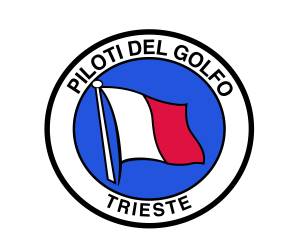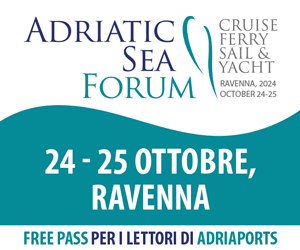TRIESTE – Cleaning the keel of medium-sized ships and boats without taking them out of the water and without wasting what is produced in the cleaning operations into the sea.
This is the goal of a European project that some scientific and entrepreneurial realities have tested in recent days in Portorož, a tourist resort near the Port of Koper in Slovenia. A field test that has given more than satisfactory results was carried out in Slovenian waters on a 38-meter boat, now used for tourist purposes. If the studies for the machinery were to continue along this path, the target would also be larger ships.
“GreenHull – Green Technologies for Ecological Cleaning of Biological Fouling on Hulls in the Northern Adriatic” is part of the projects of the Interreg Italy-Slovenia Program. A project that started in March 2020 and is expected to be completed in May 2022. The total budget is 882,168.83 euros, with an ERDF contribution of 734,092.18 euros. Among the five partners, we find the Italians Comet and Corila. The first one, based in Pordenone, is the Cluster of Metalmeccanica in Friuli Venezia Giulia, with headquarters in Pordenone and the participation of bodies and associations (including Confindustria) and private entities. They have the task of creating the cleaning system being tested. Corila (Consortium for the coordination of research on the lagoon system of Venice) is instead an association between Ca’ Foscari University of Venice, IUAV University of Venice, University of Padua, National Research Council and National Institute of Oceanography and Experimental Geophysics. The foreign partners are instead constituted by research institutes of the nearby Republic of Slovenia.
The partnership is also enriched by three important associates: Port Authority of Trieste, Port of Koper and ARPA FVG, the regional agency for environmental protection.
The challenge related to the cleaning of biological fouling on hulls is well known, with the problems of pollution, reduced ship performance and, last but not least, the introduction of alien species into the environment. The project aims to improve environmental protection by developing innovative green technologies and solutions for water and hazardous waste cross-border management. Cross-border collaboration responds to the concept of a sea without borders, especially about its protection.
The designed system uses the “cavitation jet” cleaning method, which is certainly not new but has proven to be the optimal choice for cleaning the hull of boats in the water. The platform, as mentioned earlier, has been equipped with a system to capture the waste generated while the wastewater is pumped to a modular treatment plant located on land. The water, once cleaned, is returned to the sea.
Ships arriving from worldwide ports threaten the local habitat, not least because of biological fouling on the hull; fouling reduces the vessel’s ability to move and increases fuel consumption. Another factor in pollution is ship paint, which contains chemicals hazardous to the marine environment.
The relevant regulations require shipowners to clean the fouling, and this is usually done in docks with the ship dry, a procedure known to be time-consuming and costly.
Cleaning of hulls, a green solution tested in Slovenia




